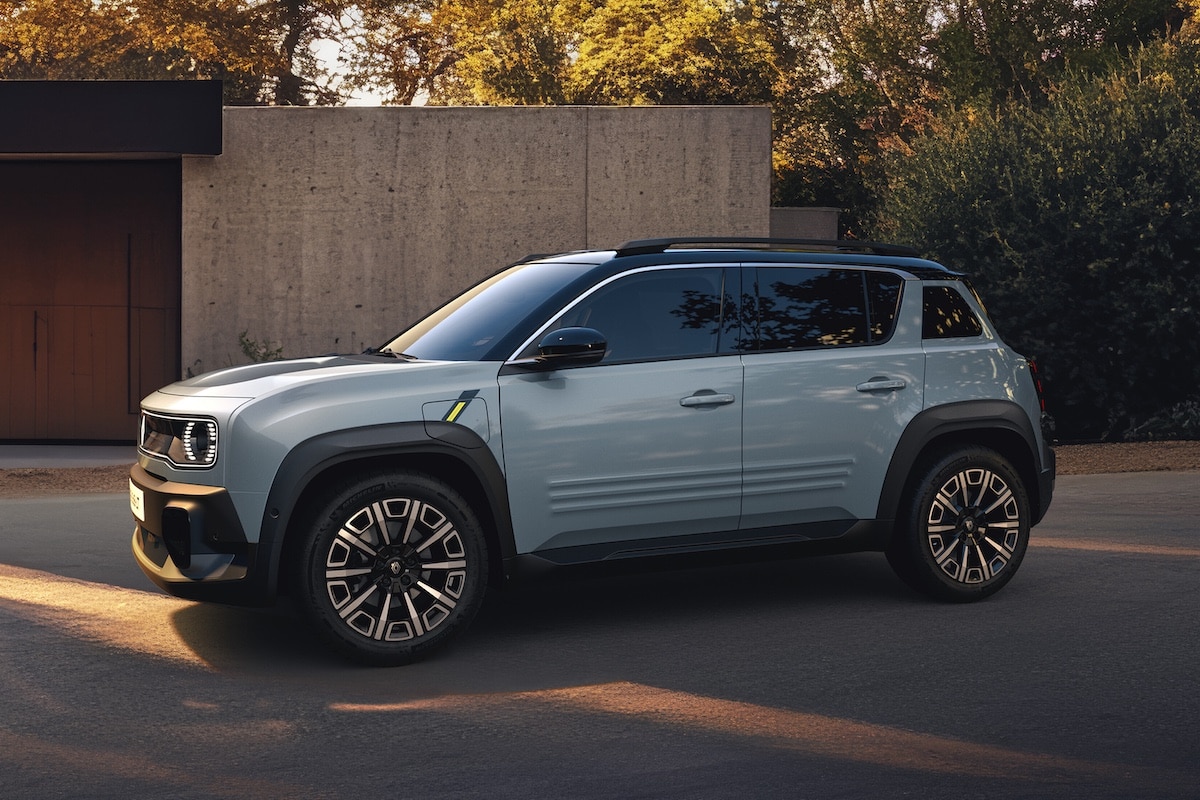Recreating a Renault 4L in the 21st Century: an Impossible Challenge?

Renault spotted a good opportunity by drawing from its rich history to invent its future electric vehicle. But how far can the brand with the diamond go?
This neo-retro approach proved to be a winning choice for Renault with the Renault 5, but the exercise seems much more perilous with the Renault 4. Launched in 1961, the original Renault 4, forever known as the “4L,” quickly became a popular icon thanks to its simplicity, versatility, and affordable price. Sold for less than 5,000 francs at its debut, roughly equivalent to 7,000 euros today when adjusted for inflation, it met the mobility needs of middle classes and rural areas. Produced in over eight million units until 1992, this car symbolized an accessible vehicle for all, easy to repair and capable of adapting to all situations.
However, recreating such a car today seems almost utopian. Technological advancements and evolving consumer expectations have significantly increased the cost of vehicles. Safety systems, driver assistance, connectivity, and electric batteries turn modern cars into concentrated pieces of technology, far removed from the mechanical simplicity of a 60s 4L. Stricter safety standards and environmental regulations also make it impossible to sell an equally basic model. Today, producing a low-cost car like the original 4L would involve many unacceptable compromises from environmental and safety perspectives.
Was it Better Before?
The Renault 4 E-Tech electric embodies a reinvention of the icon, but it is by no means an exact replica. With its retro-futuristic design, 26 driver assistance features, and cutting-edge technologies like the AmpR Small electric platform, it targets a very different clientele. Although attractive and rooted in a sustainable approach, this modern version far exceeds the original’s spirit of simplicity and accessibility.
While the original 4L was a car for the people, the Renault 4 electric positions itself more as a lifestyle object. It can achieve commercial success by leveraging its heritage and modernity, but it will never truly be a 4L: it reflects a century where everything is more complex, more expensive, and governed by increasingly strict standards.
READ ALSO: The cheapest Renault 5 tested
This page is translated from the original post "Recréer une Renault 4L au XXIe siècle : un défi impossible ?" in French.
We also suggestthese articles:
Also read





